
Light Needs

Mature Height

Mature Spread

Growing Zones
Compact, elegant, and reliably green through four seasons, Winter Gem Boxwood is a top pick for low hedges, borders, foundation plantings, and formal knot gardens. Unlike many boxwoods that bronze in winter, ‘Winter Gem’ holds its rich color in cold climates, offering year-round structure and curb appeal in small spaces and grand designs alike.
This refined evergreen forms a dense, rounded mound (typically 2–3 ft tall and wide) with softly rounded, light-green leaves that respond beautifully to shearing. Discreet, lightly fragrant spring flowers draw early pollinators, while the plant’s tidy habit shines in beds, planters, and parterre layouts.
Winter Gem Boxwood Care
Plant in full sun to partial shade; afternoon shade is helpful in hotter regions and windy exposures. Provide well-drained, fertile soil amended with compost; aim for slightly acidic to neutral pH. Water regularly the first season to establish deep roots, then irrigate during prolonged dry spells. Mulch 2–3" over the root zone (keep mulch a few inches off the stems) to moderate soil moisture and temperature.
Fertilize lightly in spring with a balanced, slow-release formula after the first year. Shear or hand-prune in late spring to mid-summer to refine shape—‘Winter Gem’ rebounds well from light mistakes; avoid hard cuts late in the season.
Monitor common boxwood issues (leafminer, psyllid, mites, and root rot) and prioritize good airflow, sanitation, and proper watering to prevent problems. Hardy in USDA Zones 5–9. Note: All parts of boxwood are toxic if ingested; site away from curious pets and children.
Winter Gem Boxwood Spacing
For a tight, formal hedge, plant 36 inches apart, center-to-center. For mass plantings or softer borders, space 48 inches apart. As a single specimen in beds or mixed containers, allow 24–36 inches of elbow room for shaping and airflow. In planters, choose a container at least as wide as the plant’s current spread with excellent drainage.
Why Grow Winter Gem Boxwood?
-
Holds deep green color through winter; resists bronzing compared to many boxwoods
-
Compact 2–3 ft size fits hedges, borders, and containers
-
Dense, easily sheared foliage for formal designs and knot gardens
-
Adaptable to sun/part shade with modest water needs once established
-
Low maintenance with light seasonal pruning; hardy in USDA Zones 5–9
A polished, four-season evergreen that stays lush when others fade—Winter Gem brings crisp edges, classic form, and effortless elegance to any landscape.
Winter Gem Boxwood Information
| USDA Hardiness Zones: 5 - 9 |
| Plant Type: Bushes |
| Light Exposure: Partial Sun to Full Sun (At Least 5 Hours of Direct Sunlight) |
| Mature Height: 3 - 4 Feet |
| Mature Spread: 3 - 4 Feet |
| Spacing: 3 - 4 Feet |
| Habit: Columnar |
| Flower Color(s): None |
| Flower Description: |
| Bloom Period: |
| Foliage Type: Evergreen |
| Foliage Color(s): Green |
| Foliage Description: Shiny Green |
| Seasonal Interest: Winter Interest |
| Watering: Average |
| Resists: Deer |
| Tolerates: Drought |
| Attracts: Bees |
| Container Role: |
| Uses: Borders, Hedges & Privacy, Specimen or Focal Point, Wildlife Gardens |
| Features: Attracts Pollinators, Foliage Interest, Low Maintenance |
| Brand: |
| Common Name: Winter Gem Boxwood |
| Other Name(s): |
| Scientific Name: BUXUS MICRO. `WINTER GEM` |
Simple Plant Spacing Calculator
Please Note: The pictures below are to give a general representation of the different container sizes. The actual size/ages of plants are estimates and will vary based on type of plant, time of year, last pruning & many other factors.
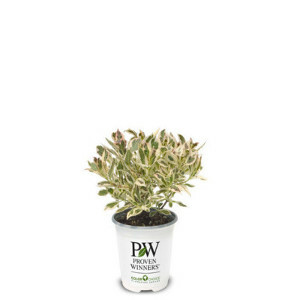
Also Known As:
Quart
Plant Age:
~ 6 months - 1 year
Plant Size:
~ 4"-8"
Pot Size:
~ 4.75"H x 4.5"W
Volume:
1.50 quarts
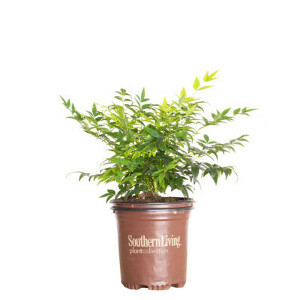
Also Known As:
2.5 Quart Pot
Plant Age:
~ 1 - 2 years old
Plant Size:
~ 8"-12"
Pot Size:
~ 6.5"H x 6.5"W
Volume:
2.20-2.30 quarts
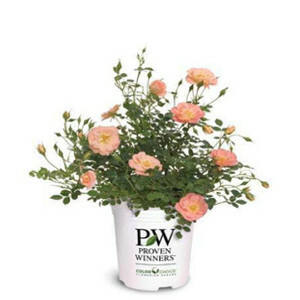
Also Known As:
#1 Container
1 Gallon
Plant Age:
~ 1 - 2 years old
Plant Size:
~ 10"-14"
Pot Size:
~ 7"H x 7.75"W
Volume:
2.26-3.73 quarts
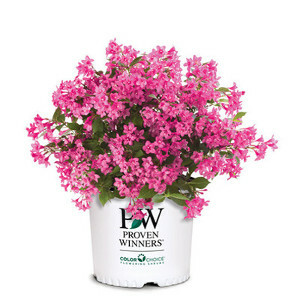
Also Known As:
#2 Container
2 Gallon
Plant Age:
~ 1.5 - 3 years old
Plant Size:
~ 12"-18"
Pot Size:
~ 9.5"H x 9.5"W
Volume:
1.19-1.76 gallons
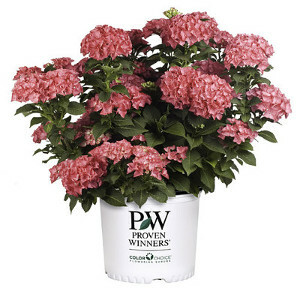
Also Known As:
#3 Container
3 Gallon
Plant Age:
~ 2 - 4 years old
Plant Size:
~ 12"-30"
Pot Size:
~9.5"H x 11"W
Volume:
2.32-2.76 gallons

Also Known As:
#5 Container
5 Gallon
Plant Age:
~3-4 years old
Plant Size:
~ 20" - 60"
Pot Size:
~11" H x 10 1/2” W
Volume:
3.5 - 4 gallons

We stand behind our plants with industry-leading guarantees to give you peace of mind.
We want your plants to arrive in great condition! If you notice any issues upon delivery, contact us within 3 days.
Starting January 1, 2026 all bushes, perennials & trees purchased come with an extended 1-year warranty for added confidence. If your plant dies due to a health issue within a year, we’ll make it right.

Pre-ordered plants are scheduled to ship in Spring 2026. We carefully plan our shipping dates based on your USDA Plant Hardiness Zone to ensure optimal planting conditions upon arrival. Want it sooner/later? Reach out, and we'll try our best to accommodate.
Estimated ship week for pre-ordered plants will ship based on growing zones as shown below.
| Growing Zone | Estimated Ship Week |
|---|---|
| Zone 10 | March 30th |
| Zone 9 | March 30th |
| Zone 8 | April 6th |
| Zone 7 | April 13th |
| Zone 6b | April 20st |
| Zone 6a | April 27th |
| Zone 5b | May 4th |
| Zone 5a | May 11th |
| Zone 4 | May 18th |
| Zone 3 | May 25th |
Note: These are only estimated ship dates. Plants may ship out later depending on weather & growing conditions of the plant.
Note: Only plants indicated as pre-order will ship as shown above. All other plants and hard goods will ship as normal.
Plants that are currently in stock typically ship within 2-7 business days after your order is placed.
Plant Addicts ships to the lower 48 states within the U.S. Unfortunately, we do not currently ship to Alaska, Hawaii, or internationally.
This plant cannot be shipped to the following states: AK, HI. These restrictions apply only to this specific plant due to agricultural regulations or other limitations. Other plants may still be available for shipping to these states.
If you have any questions about shipping restrictions, feel free to reach out to our team!





